Order Hymenopterans | Rank Genus | |
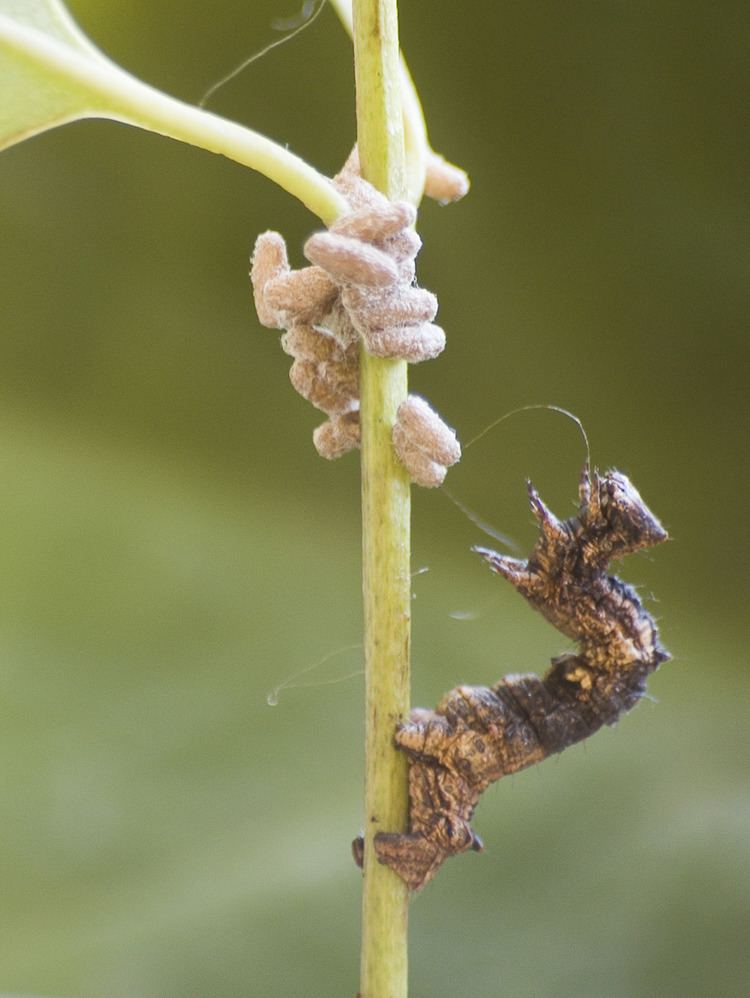 | ||
Similar Hymenopterans, Microgastrinae, Hymenoepimecis argyraphaga, Spinochordodes tellinii, Cotesia | ||
Body invaders national geographic
Glyptapanteles is a genus of endoparasitoid wasps found in Central and North America and New Zealand. The larvae of the members of Glyptapanteles sp. are distinguished by their ability to manipulate their hosts into serving as bodyguards.
Contents
Reproduction
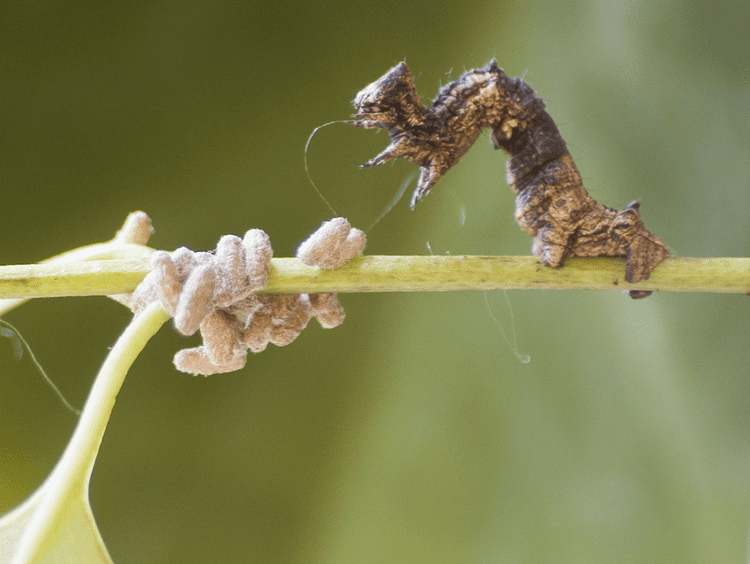
Female Glyptapanteles oviposit into caterpillar hosts. Species parasitized by Glyptapanteles include Lymantria dispar, as well as Chrysodeixis chalcites and Thyrinteina leucocerae (both pictured). The caterpillar continues to grow and feed normally until the 4th or 5th instar, whereupon up to 80 fully grown larvae emerge from its body to pupate.
Behavior alteration
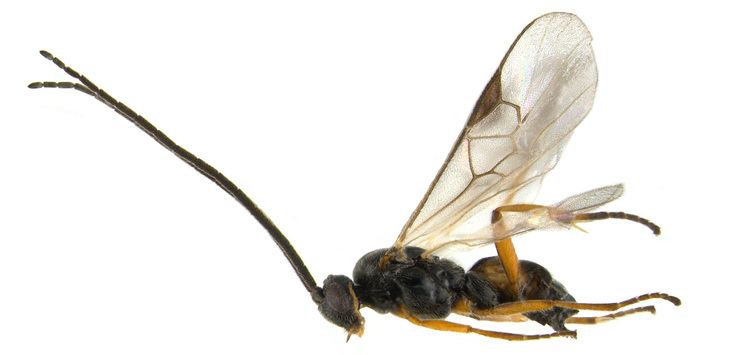
After the larvae of Glyptapanteles sp. emerge, the caterpillar takes up position near the cocoons of the pupae, arches its back, and ceases to move or feed. It will occasionally spin silk over the pupae. However, when disturbed, it begins to thrash violently. No longer inclined to eat, the affected caterpillar eventually dies. It has been demonstrated in experimental research (Grosman, et al.) that this behavior is to strike at and repel possible predators of the pupae, such as the shield bug Supputius cincticeps, thus improving their survival odds. Only about one in twenty non-parasitized caterpillars responded in this fashion. In 60% of cases, the parasitized caterpillars successfully warded off these potential predators. Mortality rates for pupae not guarded by parasitized caterpillars were significantly higher. That it is of no demonstrated benefit to the caterpillar indicates that this is an adaptation on the part of Glyptapanteles.
Mechanism
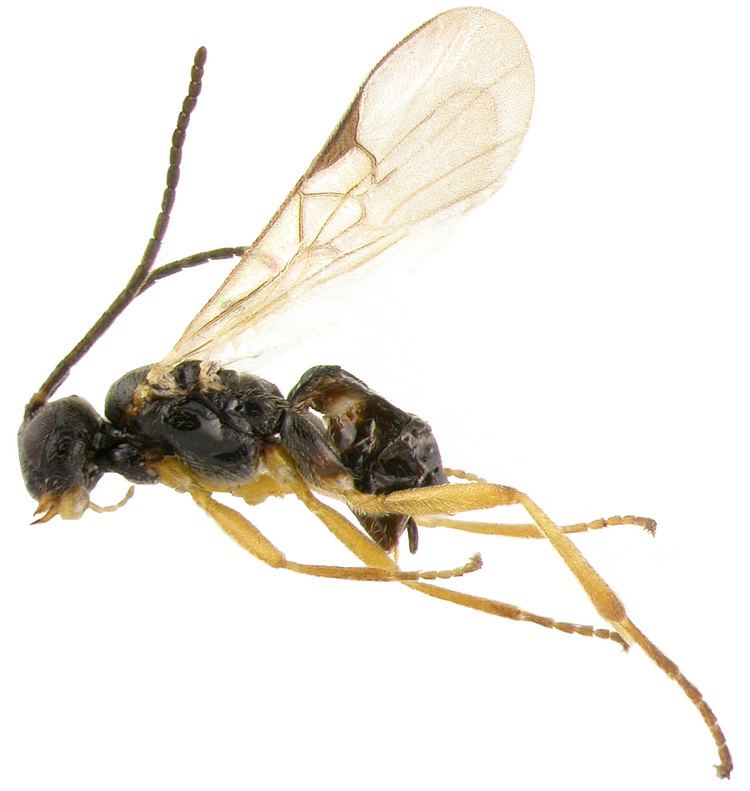
In the course of Grosman's research, it was discovered that not all larval Glyptapanteles emerge from their caterpillar host; one or two remain behind. Grosman has theorized that these larvae manipulate the host, foregoing their own chance at pupating in order to protect the brood.
Biocontrol
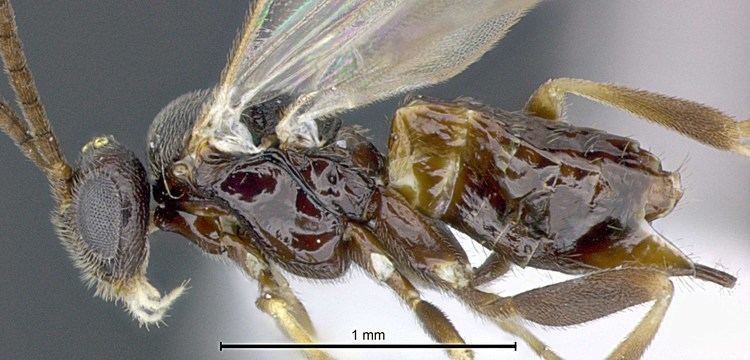
G. flavicoxis, G. porthetriae and G. militaris have been evaluated by the USDA as possible bio-control agents for containing the invasive gypsy moth (Lymantria dispar) population in the United States. Research has indicated that Pseudaletia unipuncta hosts fed fresh perennial ryegrass (Lolium perenne) leaves are optimal for the mass-breeding of G. militaris.
